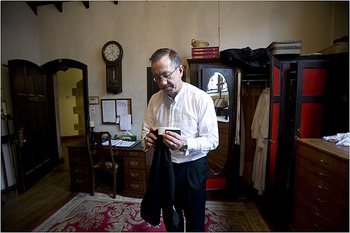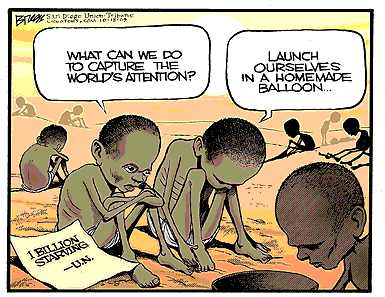That’s the question posed by my friend and former Beliefnetizen David Gibson in today’s Washington Post:
Thus far, Benedict’s papacy has been one of constant movement and change, the sort of dynamic that liberal Catholics — or Protestants — are usually criticized for pursuing. In Benedict’s case, this liberalism serves a conservative agenda. But his activism should not be surprising: As a sharp critic of the reforms of Vatican II, Ratzinger has long pushed for what he calls a “reform of the reform” to correct what he considers the excesses or abuses of the time.
Of course a “reformed reform” doesn’t equal a return to the past, even if that were the goal. Indeed, Benedict’s reforms are rapidly creating something entirely new in Catholicism. For example, when the pope restored the old Latin Mass, he also restored the use of the old Good Friday prayer, which spoke of the “blindness” of the Jews and called for their conversion. That prayer was often a spur to anti-Jewish pogroms in the past, so its revival appalled Jewish leaders. After months of protests, the pope agreed to modify the language of the prayer; that change and other modifications made the “traditional” Mass more a hybrid than a restoration.
More important, with the latest accommodation to Anglicans, Benedict has signaled that the standards for what it means to be Catholic — such as the belief in the real presence of Christ in the Mass as celebrated by a validly ordained priest — are changing or, some might argue, falling. The Vatican is in effect saying that disagreements over gay priests and female bishops are the main issues dividing Catholics and Anglicans, rather than, say, the sacraments and the papacy and infallible dogmas on the Virgin Mary, to name just a few past points of contention.
That is revolutionary — and unexpected from a pope like Benedict.
Check out why, and much more, at the link.

